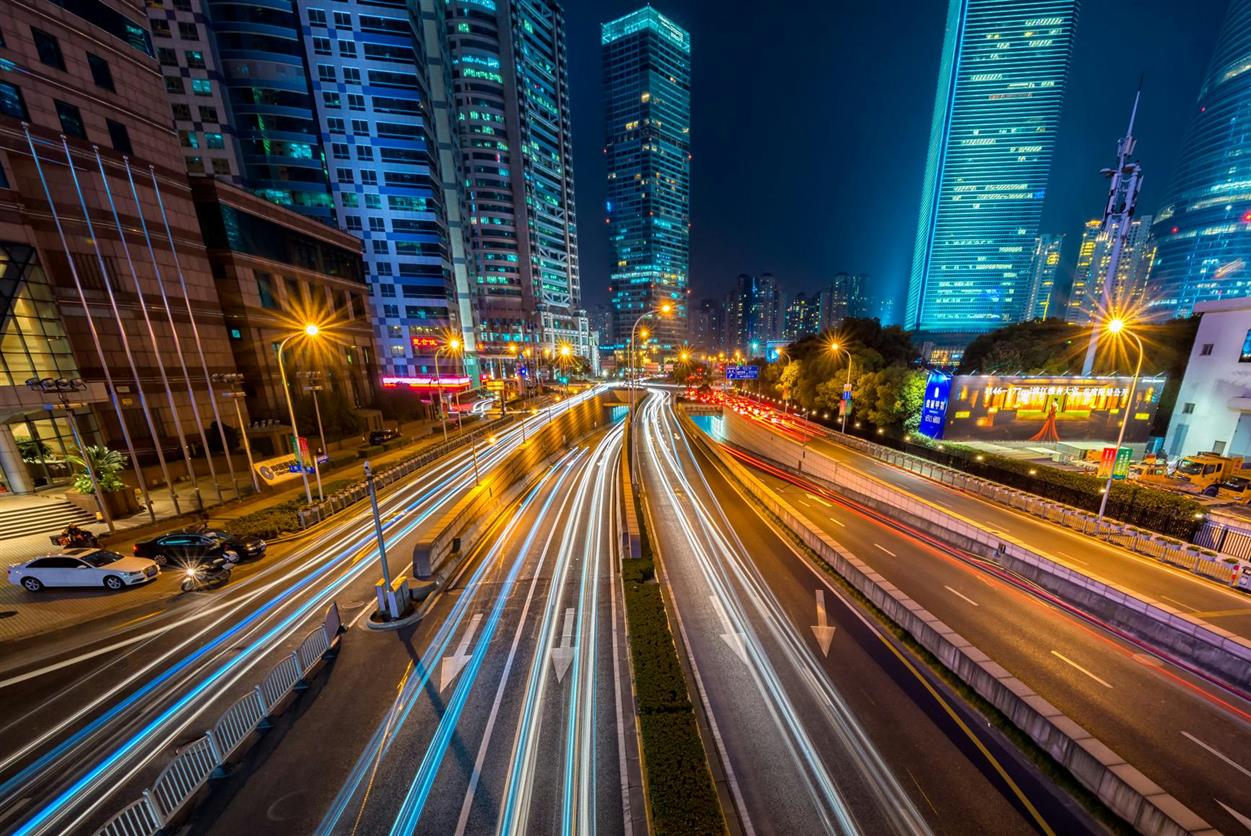
For over a decade, the term “smart city” has circulated in urban planning, tech conferences, and political speeches—suggesting a near-future utopia of cleaner air, efficient transportation, and responsive infrastructure. By 2025, we were supposed to be living in cities where sensors solved traffic, apps minimized energy use, and algorithms optimized everything from trash collection to water management. But as we take stock of the current landscape, a more complex picture emerges: one where ambition often outpaces implementation, and progress is unevenly distributed.
So, how much of the smart city dream has actually materialized—and how much remains more concept than concrete?
What Is a Smart City—Really?
Broadly, a smart city refers to an urban area that leverages digital technologies to improve public services, optimize operations, and enhance quality of life. It often involves a network of devices and sensors (commonly referred to as the Internet of Things, or IoT), data analytics, and integrated platforms that support decision-making.
Think of streetlights that dim when no one’s around, public transit that adjusts to real-time demand, or buildings that regulate temperature based on occupancy. These aren’t futuristic concepts—they’re technically feasible and in some cases already in place. But deploying them at scale across an entire city is far more complex.

The Ground Reality in 2025
Some cities have made notable strides. Places like Singapore, Helsinki, and Dubai are often cited as leading examples—each showcasing connected infrastructure, open data policies, and pilot programs across multiple sectors. However, even in these urban centers, the vision of a fully responsive city remains incomplete.
In most global cities, the reality is patchy. A few neighborhoods may enjoy smart traffic systems or digitized utilities, while others rely on outdated infrastructure. Legacy systems, funding constraints, and fragmented governance make large-scale integration difficult.
Moreover, some so-called “smart” initiatives have been rebranded from older urban management practices. Just because a system is online doesn’t necessarily make it intelligent or impactful.
Where It’s Working
- Traffic Management and Mobility
Cities like Barcelona and Los Angeles have implemented adaptive traffic signals that respond to real-time congestion. Ride-sharing integration with public transit systems has also improved first-mile and last-mile connectivity in select areas. Real-time transit tracking is now standard in many cities. - Energy Efficiency
Smart meters and building management systems have helped reduce energy consumption in commercial and government buildings. In Scandinavia, district heating networks are controlled via centralized systems that adjust based on weather patterns and occupancy data. - Waste and Water Management
Sensors in trash bins have helped some cities optimize garbage collection routes, reducing fuel use and operating costs. Water leaks can be detected through pressure monitoring systems, a critical step in reducing waste in aging infrastructure. - Citizen Engagement
Mobile apps in cities like Seoul and Amsterdam allow residents to report potholes, streetlight outages, or submit feedback on local policy. This feedback loop—though basic—is a step toward more responsive governance.
The Gaps That Remain
Data Silos and Interoperability
Many city departments still operate independently, each using their own software, systems, and data formats. The lack of standardized platforms makes it difficult to create the kind of integrated response that defines a truly smart city.
Privacy and Surveillance Concerns
As cities collect more data—from traffic cameras to facial recognition software—the tension between efficiency and individual rights has intensified. Without clear regulations, surveillance infrastructure may grow unchecked, raising concerns about who controls the data and how it’s used.
Cost and Maintenance
Installing sensors is one thing. Maintaining, updating, and securing them is another. Many municipal governments face tight budgets and struggle to keep up with ongoing costs, which can make smart solutions brittle over time.
Digital Inequality
A smart city benefits little if only some residents can access its services. In many places, the digital divide persists. High-speed internet is still unavailable or unaffordable to millions, particularly in low-income neighborhoods. Without inclusion, smart city development risks deepening existing inequalities.
Public-Private Partnerships: A Mixed Bag
Big tech companies have played a central role in shaping smart city projects. From Google’s ill-fated Sidewalk Labs experiment in Toronto to Cisco’s infrastructure in Songdo, South Korea, corporate involvement has brought both resources and controversy.
While public-private partnerships can drive progress, they often raise questions about control, transparency, and accountability. When corporations become infrastructure providers, who sets the terms? Cities must strike a balance between leveraging tech expertise and preserving civic autonomy.

Environmental Promises vs. Outcomes
One of the touted benefits of smart city tech has been environmental improvement—less congestion, reduced emissions, and more efficient use of resources. And while some initiatives have had measurable results (such as smart grid systems or public bike-sharing programs), the bigger impact often depends on larger policy shifts rather than just digital tools.
Retrofitting buildings, expanding green transit, and rethinking zoning laws tend to move the needle more than deploying sensors. Yet these changes are politically and economically harder to execute.
The Smart City Hype Machine
Part of the disconnect between promise and reality stems from how smart cities have been marketed. Buzzwords abound, often obscuring what’s actually being done. A pilot project in a single district can be exaggerated into a citywide transformation. Glossy reports from consulting firms rarely mention that many pilot programs fizzle out due to lack of funding, political turnover, or community resistance.
This hype creates unrealistic expectations, and in some cases, public backlash. Citizens are right to be skeptical when flashy tech is prioritized over basic services like affordable housing or reliable public transit.
Looking Forward: A More Grounded Approach
The future of smart cities likely won’t resemble the futuristic renderings shown at conferences. Instead of sweeping overhauls, we’re likely to see incremental changes—focused efforts to improve specific urban systems, based on local needs and community input.
Key to this progress will be:
- Transparency: Clear guidelines on how data is collected, stored, and used.
- Resilience: Systems that are not only efficient but can withstand cyberattacks, natural disasters, and political shifts.
- Equity: Ensuring that benefits are shared across all neighborhoods and demographics.
- Pragmatism: Avoiding techno-solutionism and focusing on what works, even if it’s less flashy.
Conclusion
By 2025, the dream of smart cities hasn’t fully arrived, but it hasn’t entirely stalled either. We are somewhere in between—a world where some city blocks hum with efficient systems and others wait for overdue maintenance. The key is to move beyond buzzwords and focus on what truly improves urban life.
Smart cities should not be measured solely by their tech but by their ability to serve their residents—fairly, transparently, and effectively. Whether that’s through digital platforms or just better public policy, the goal remains the same: cities that are not only more connected, but more livable.






